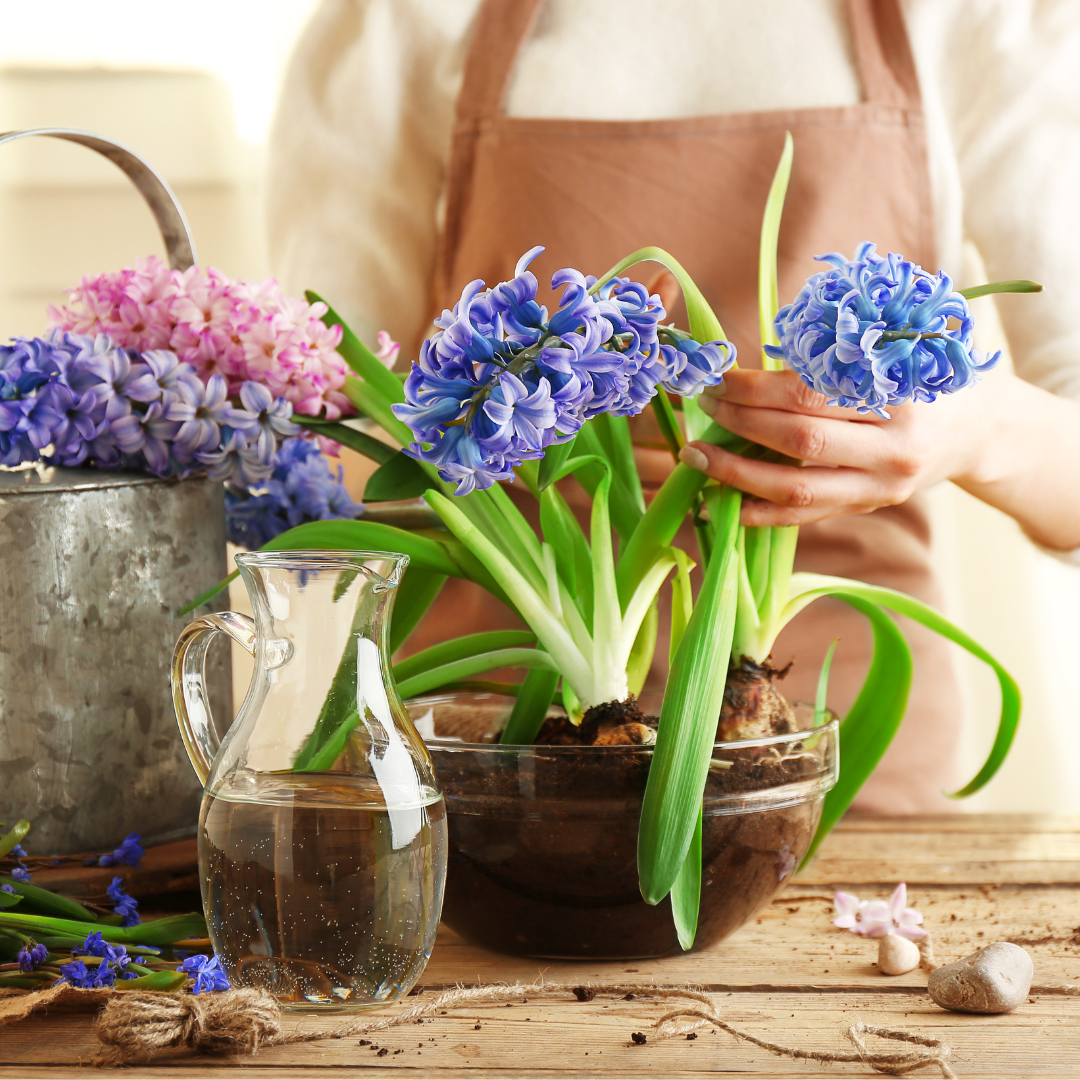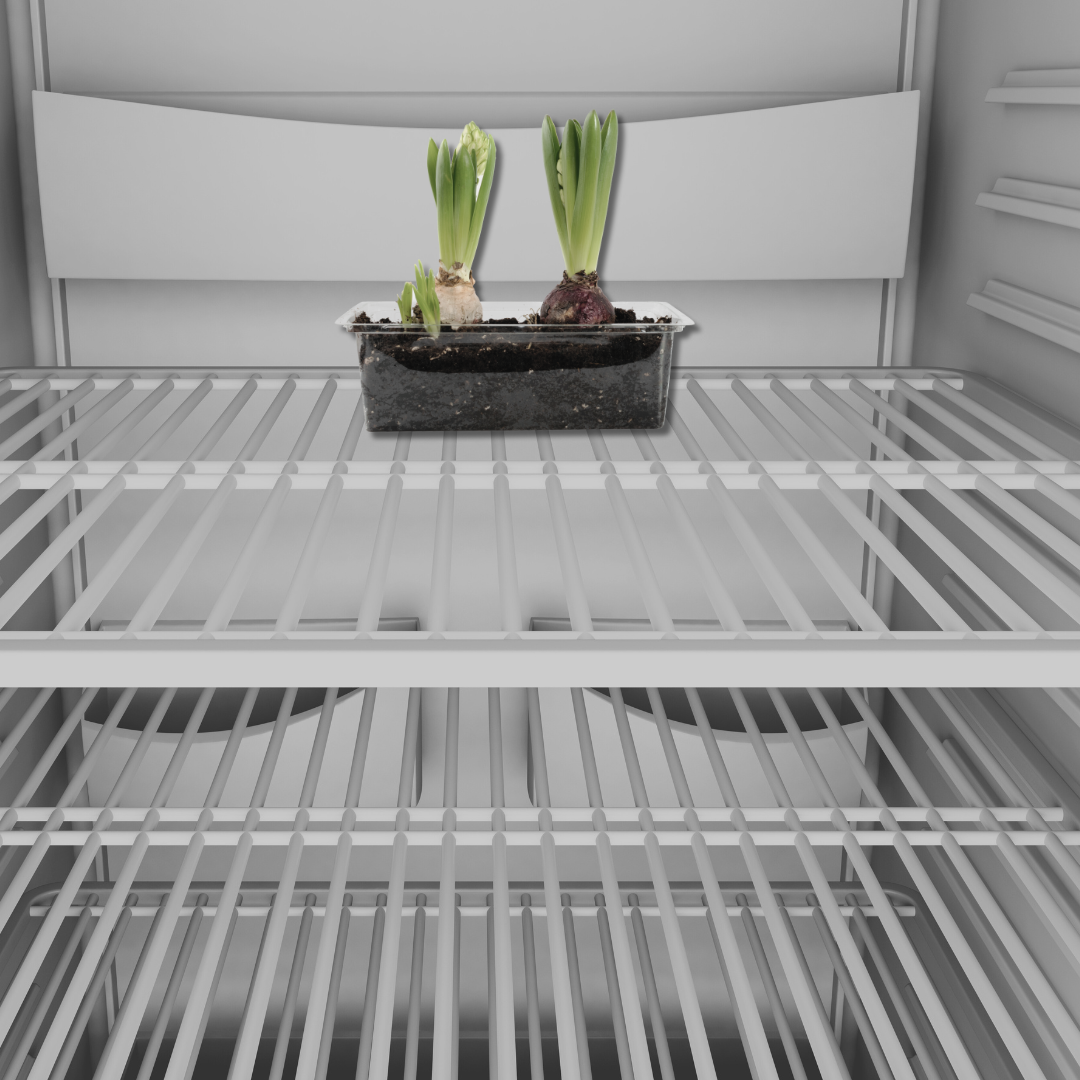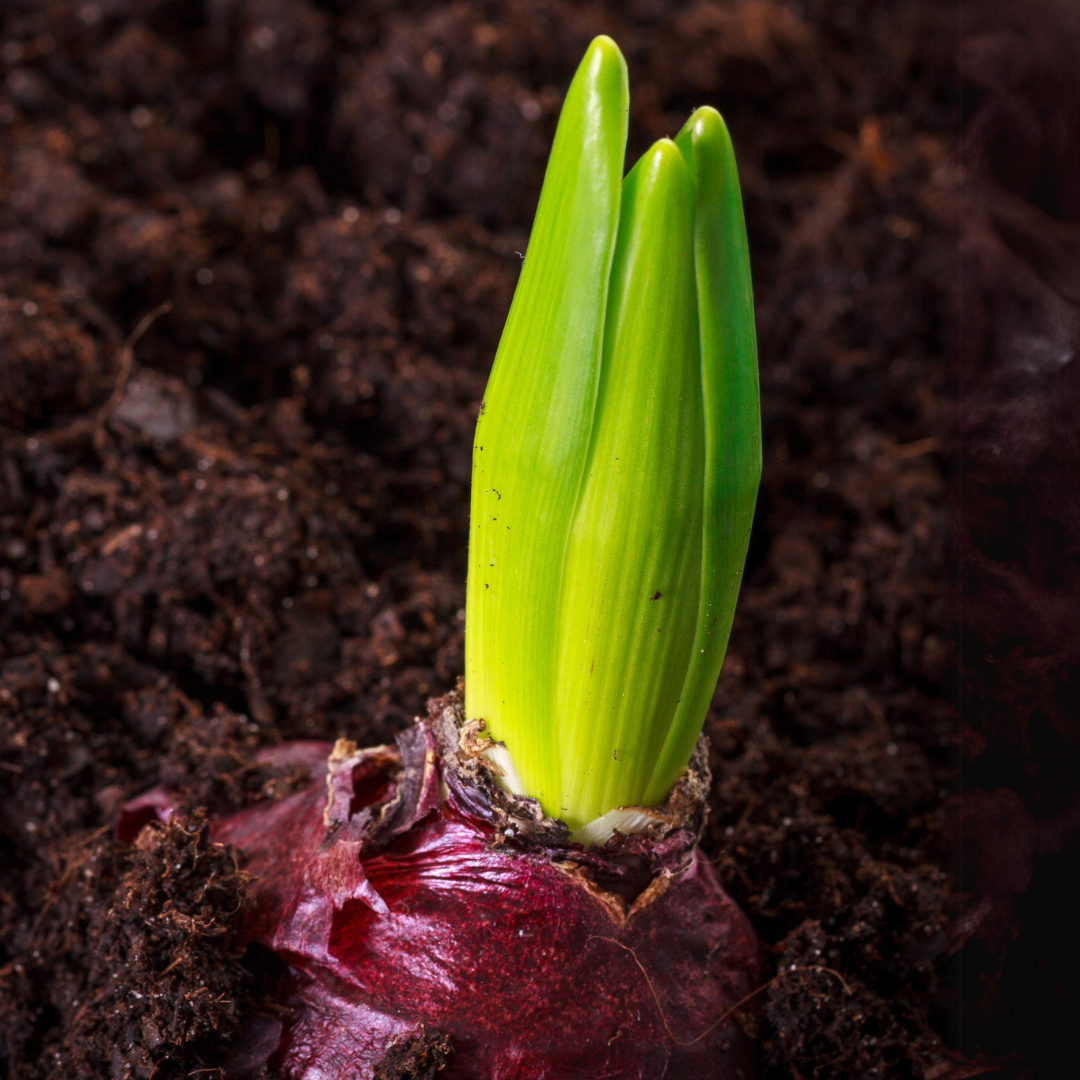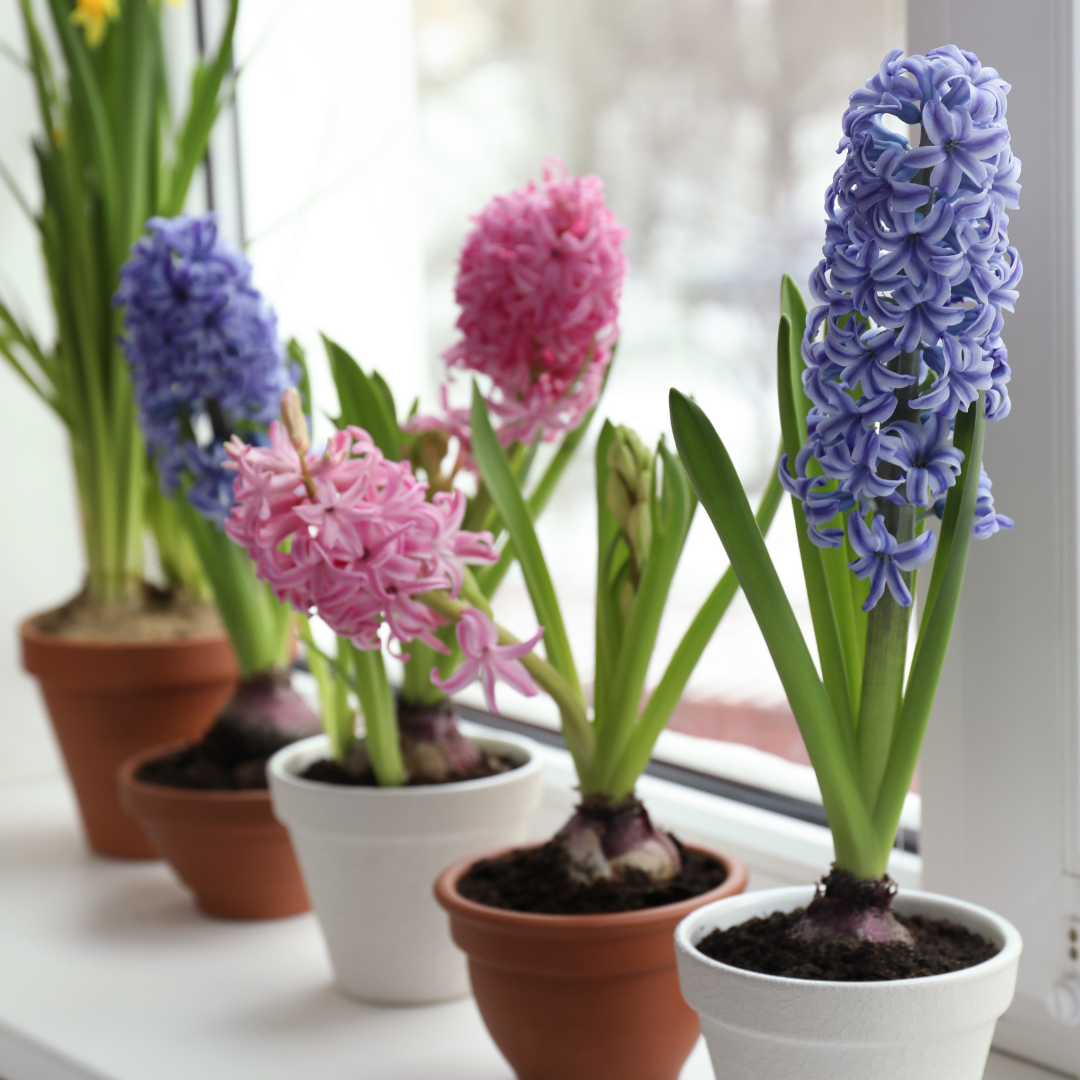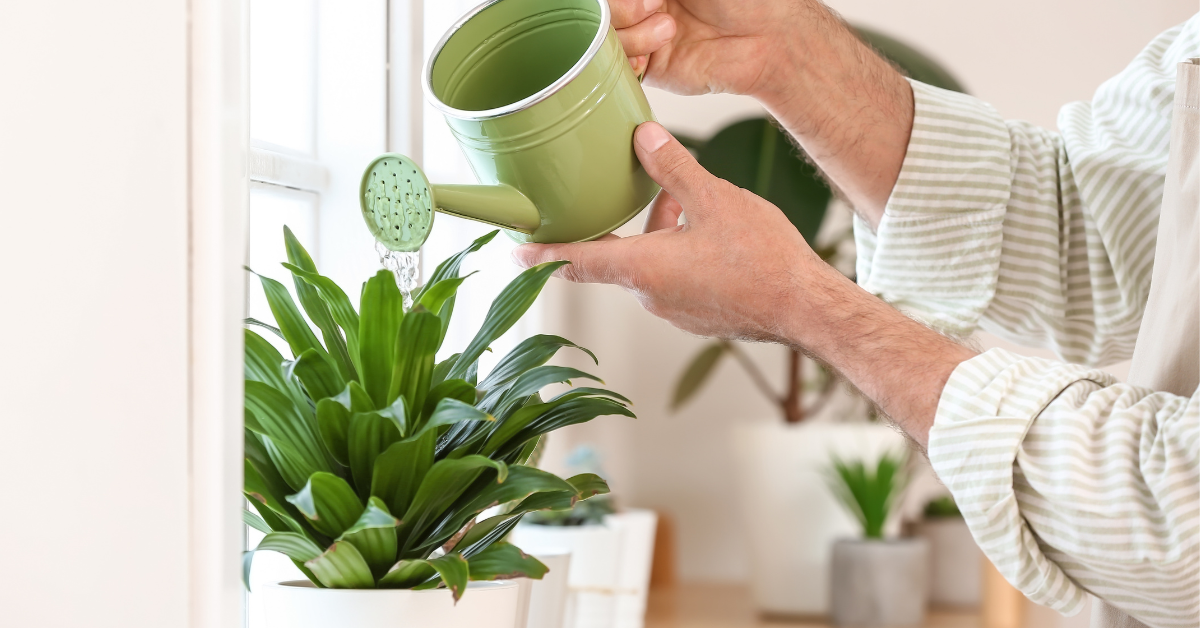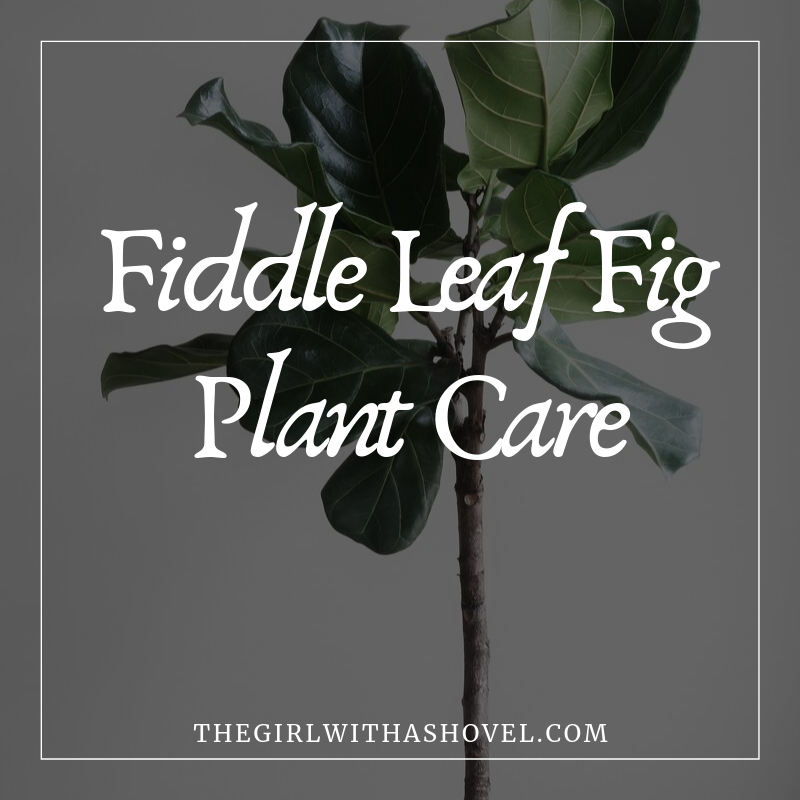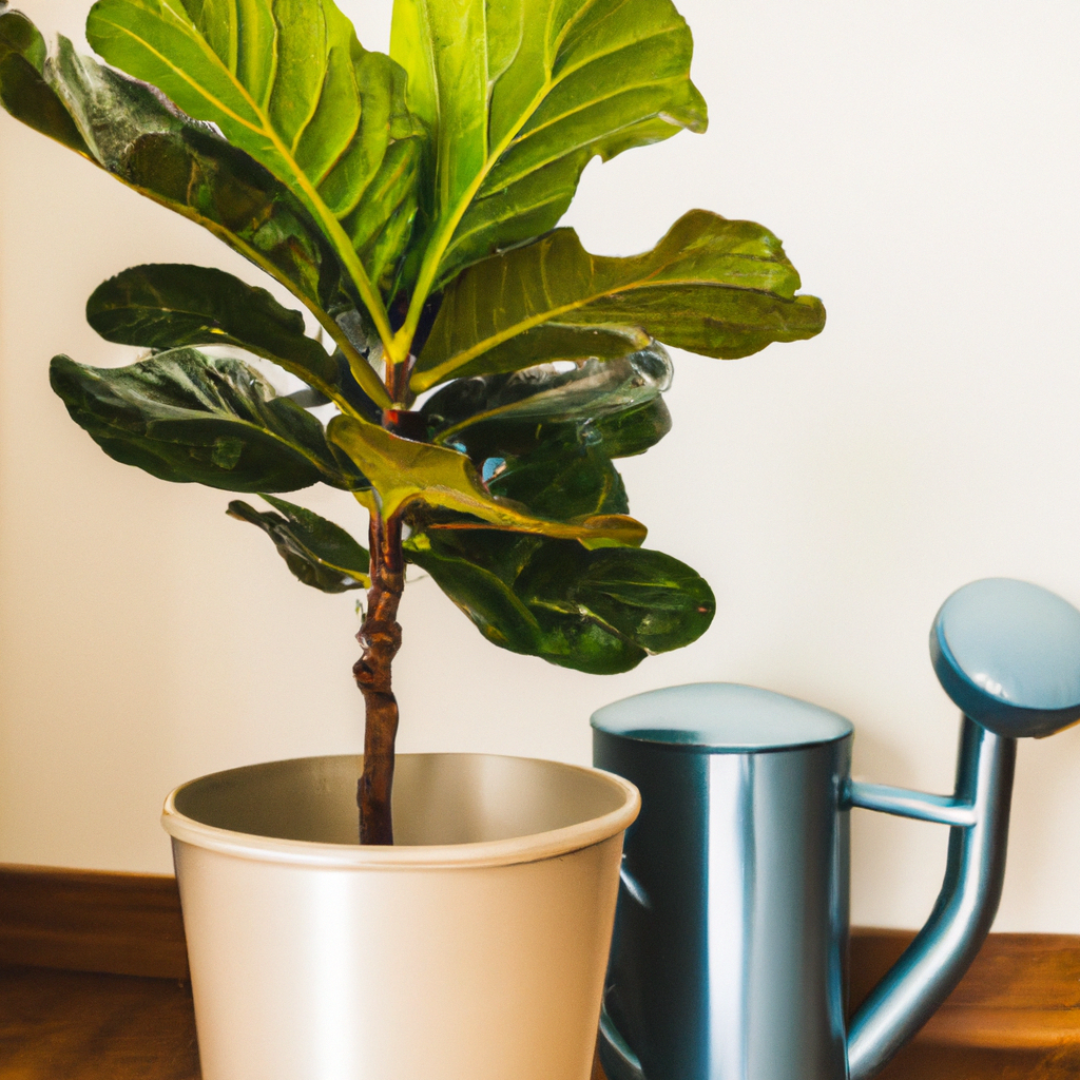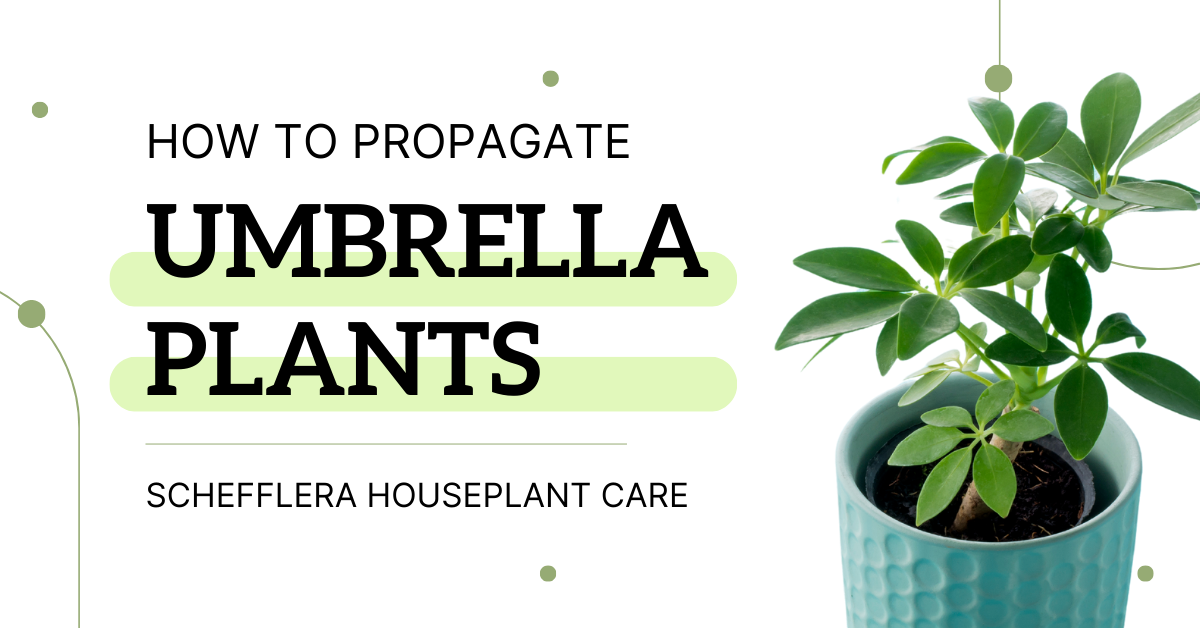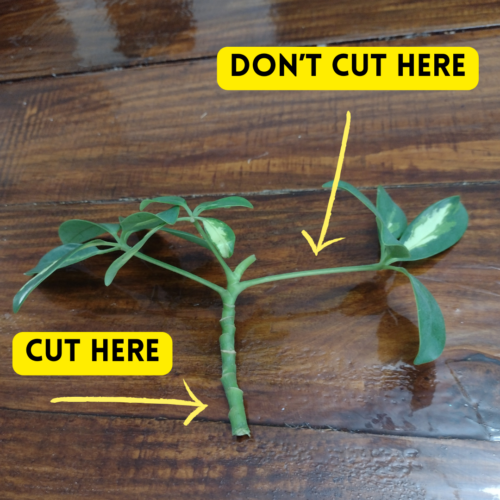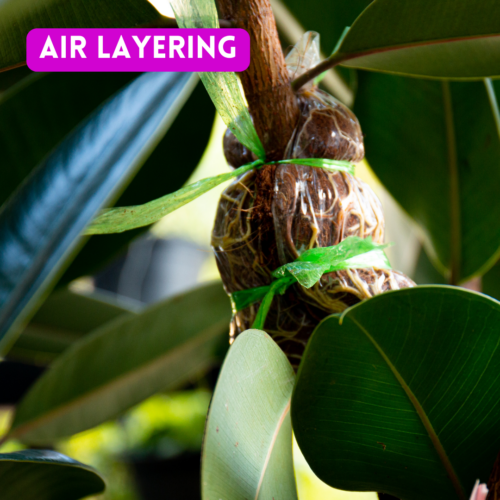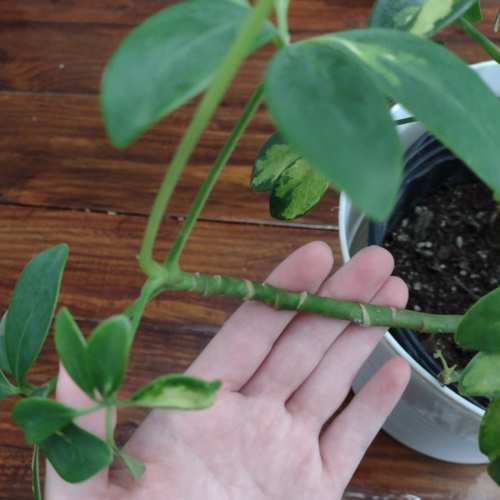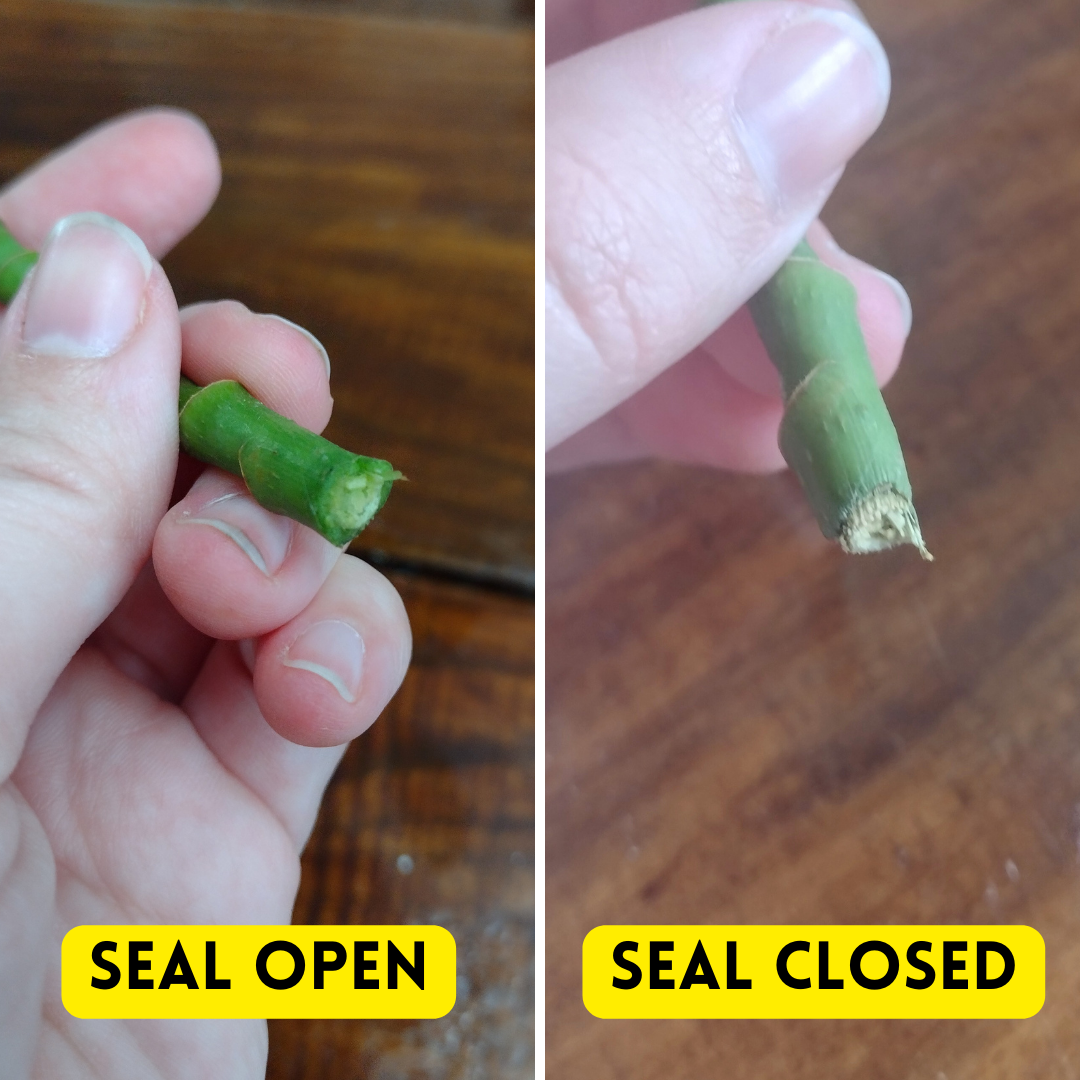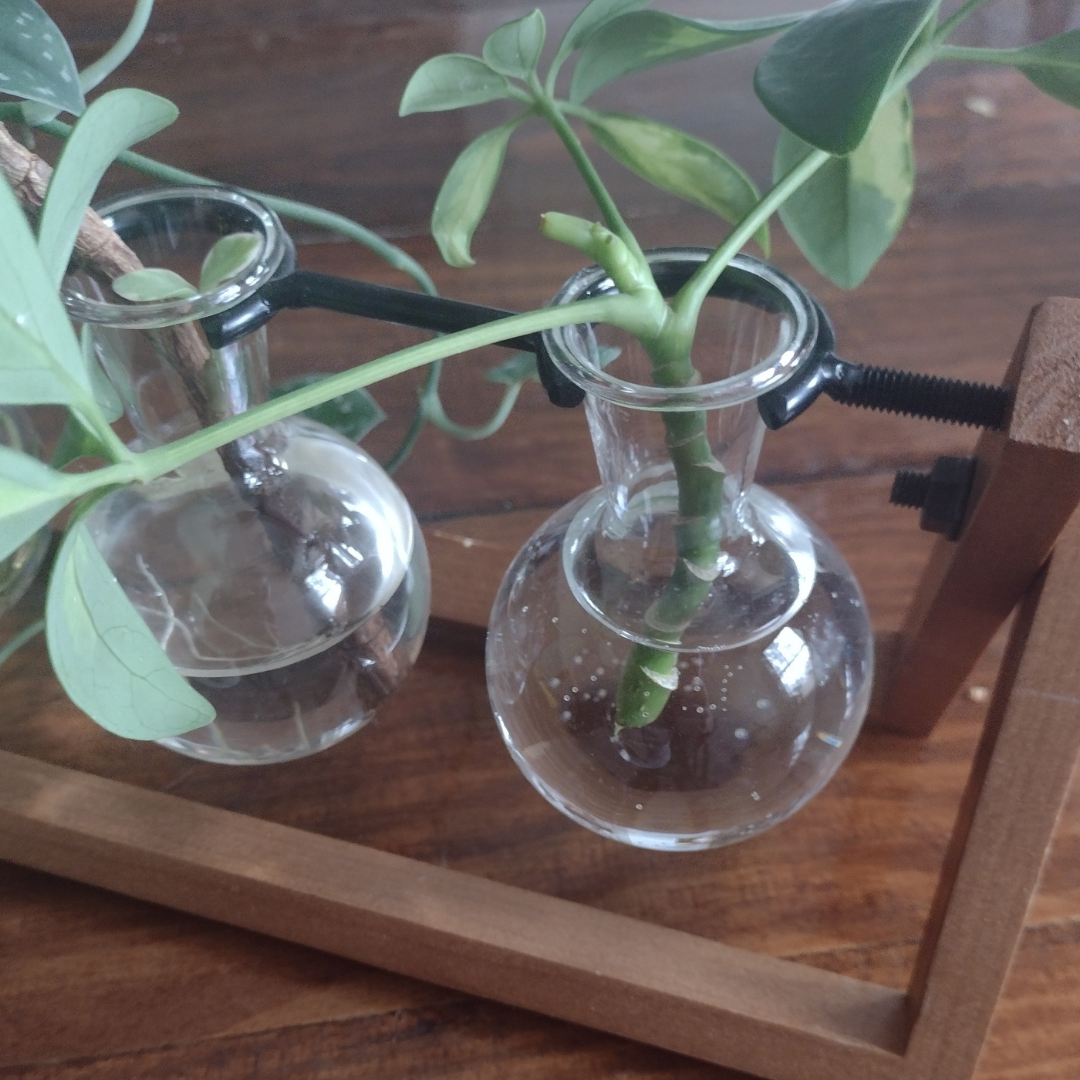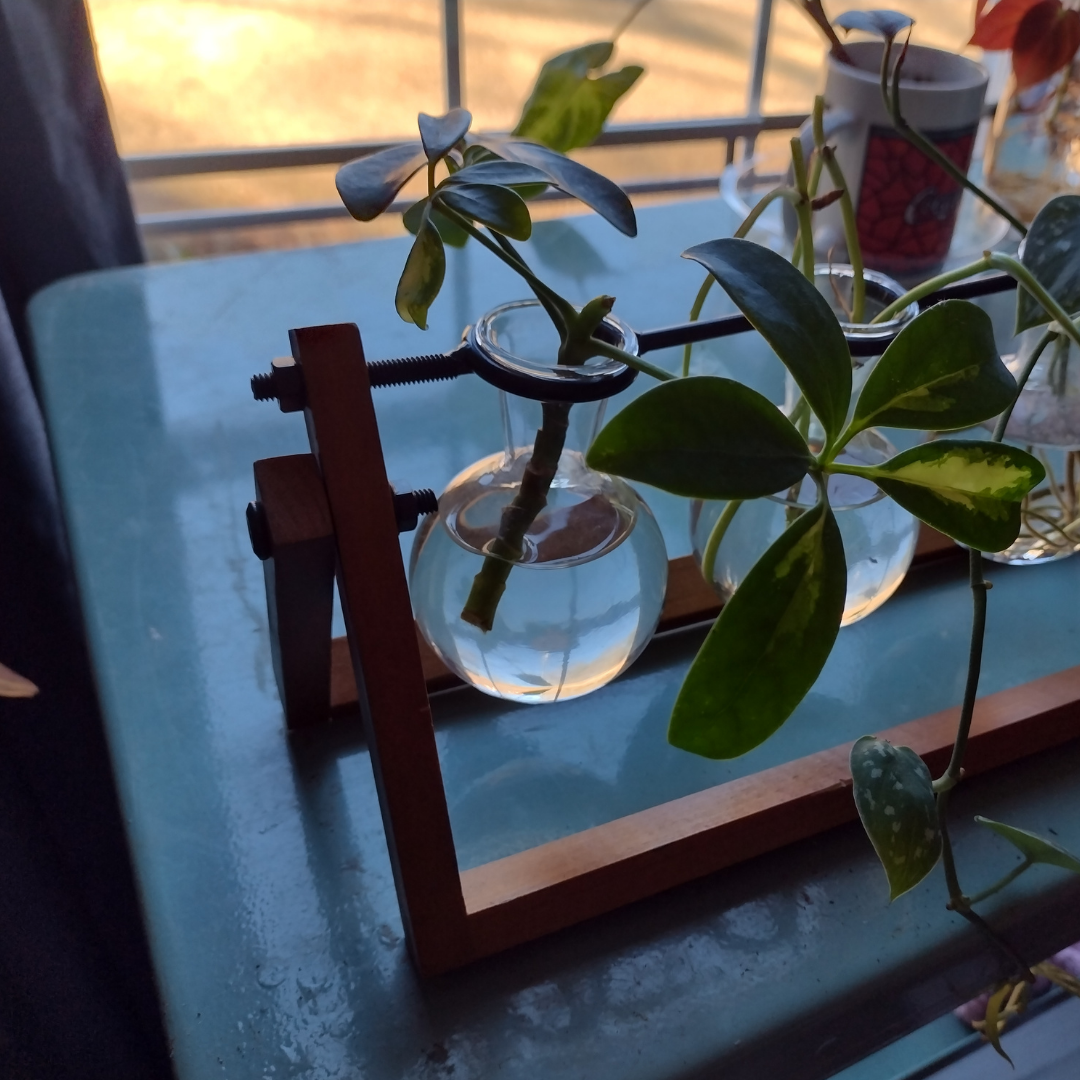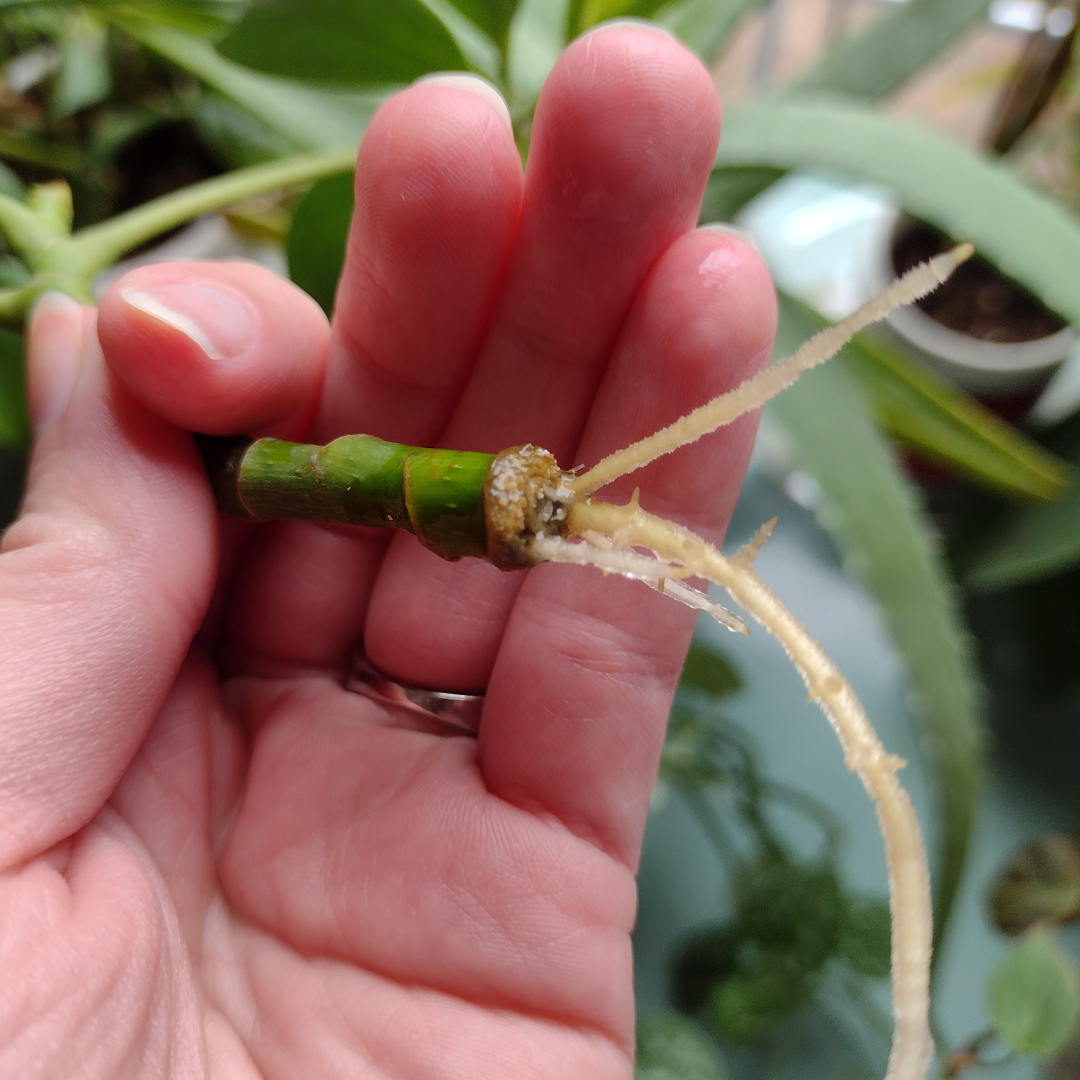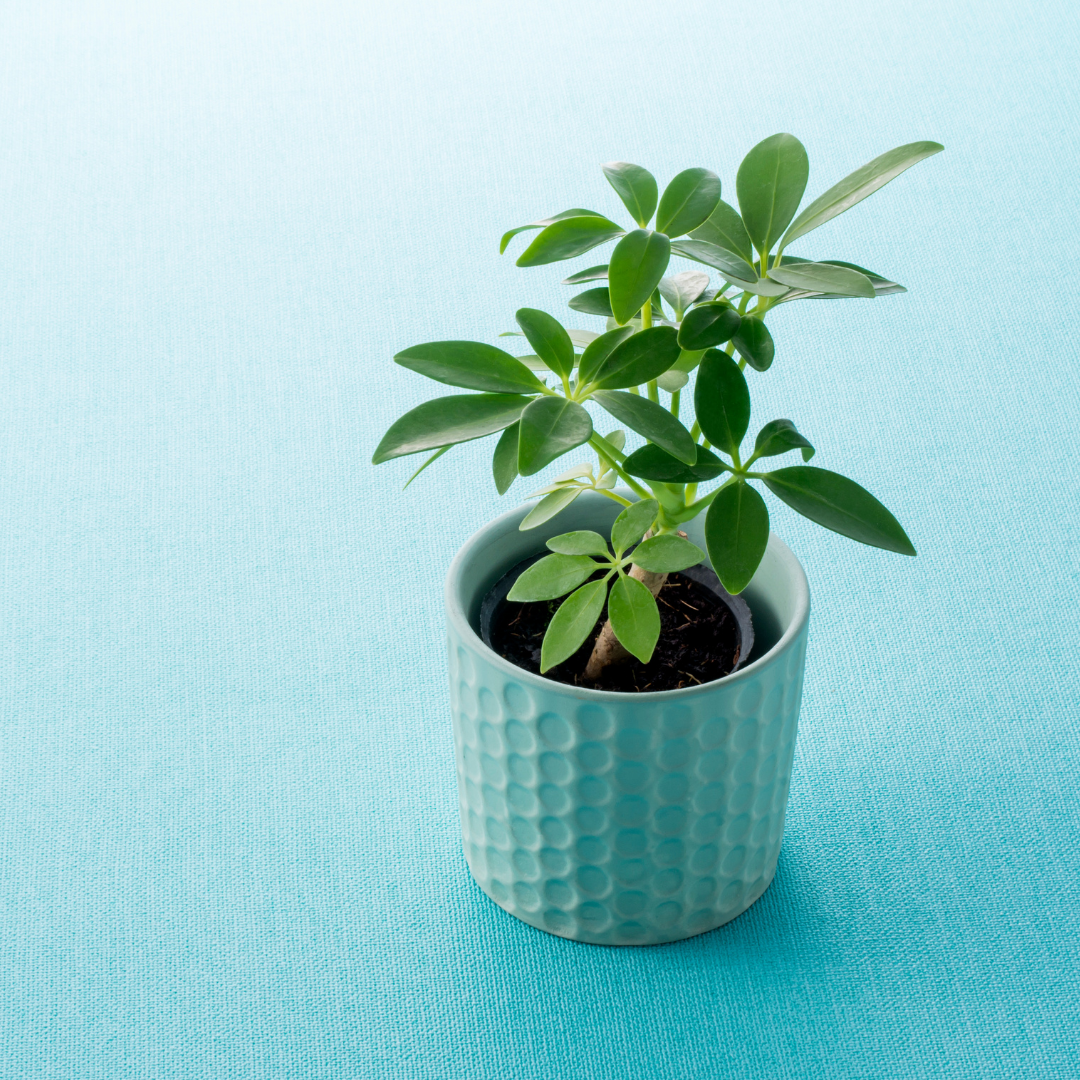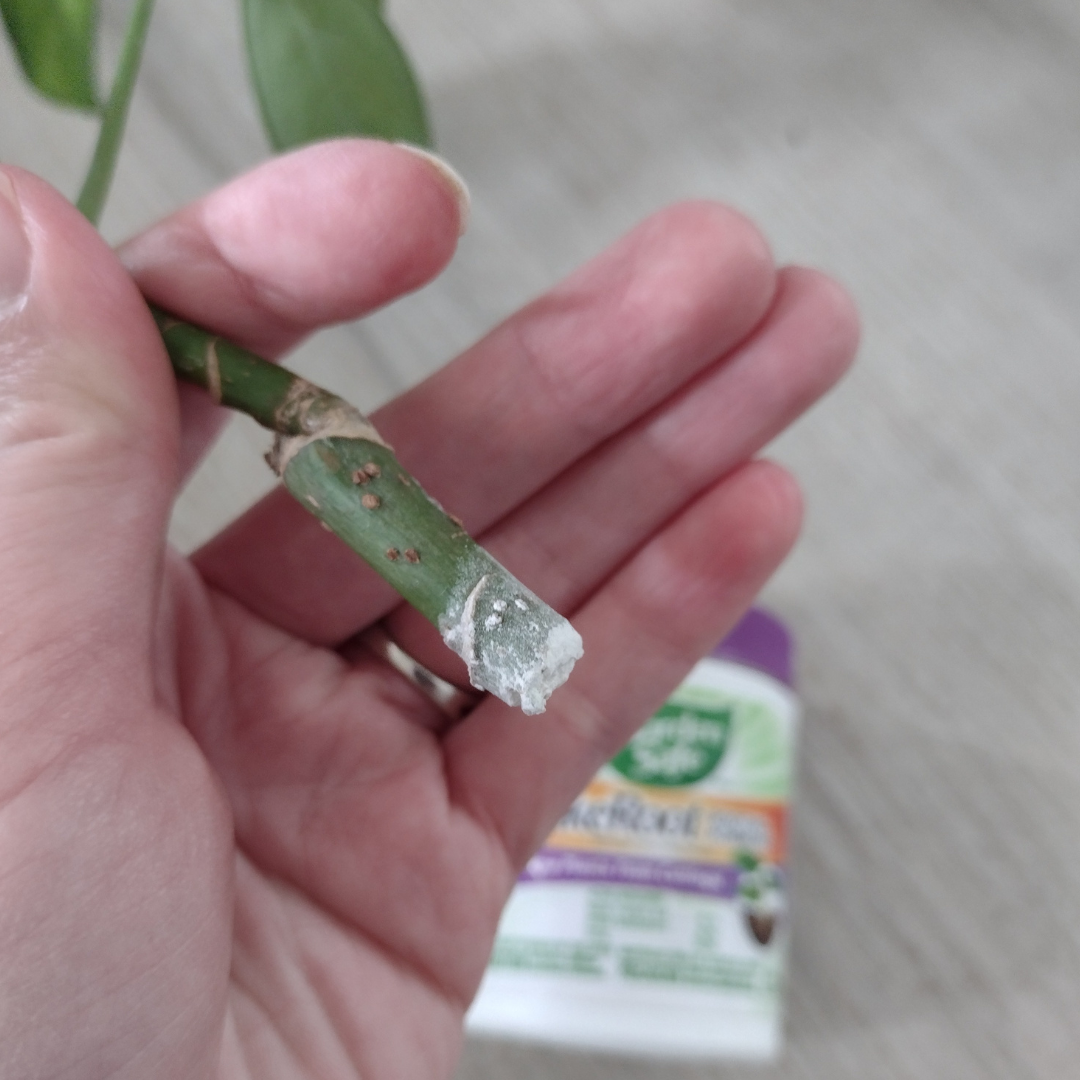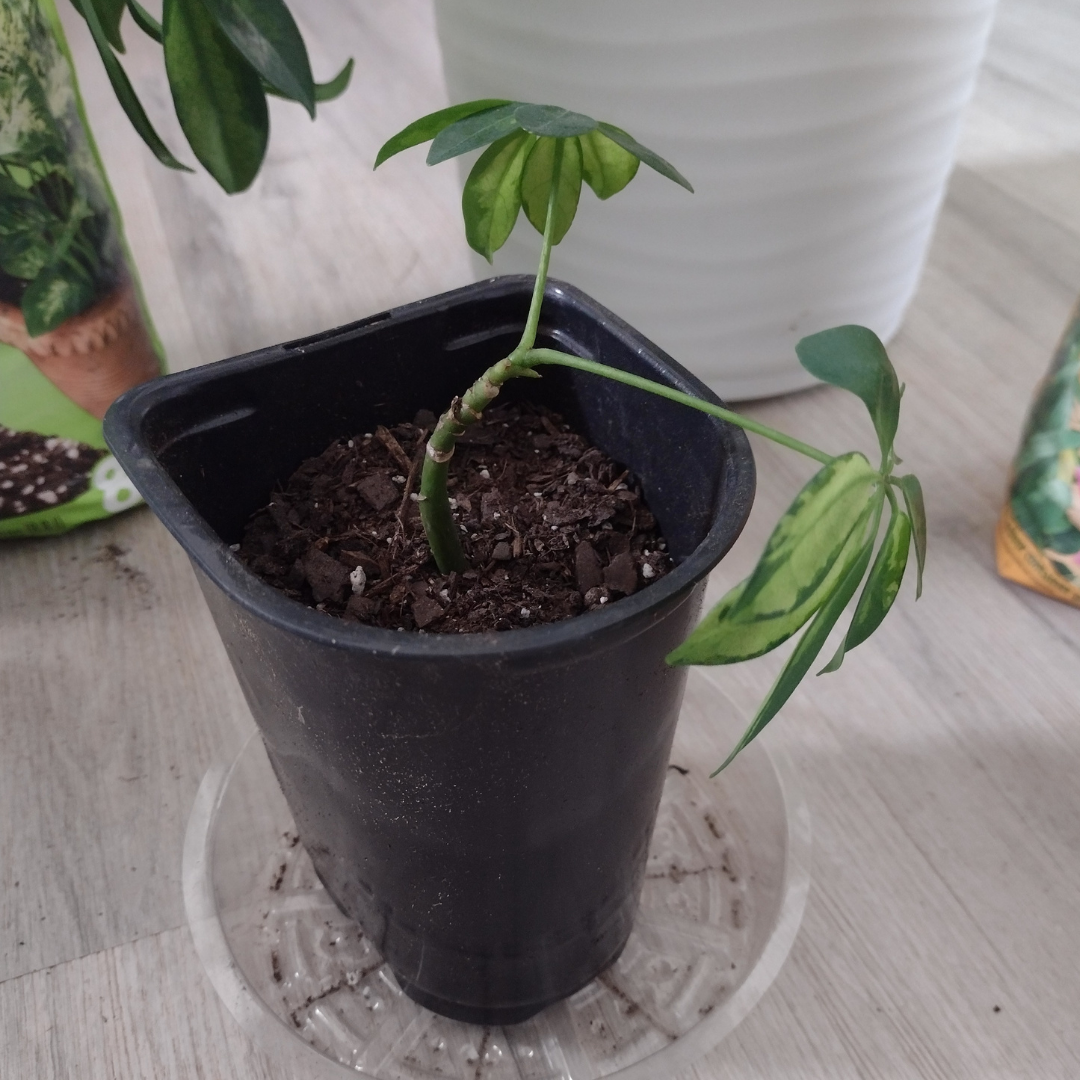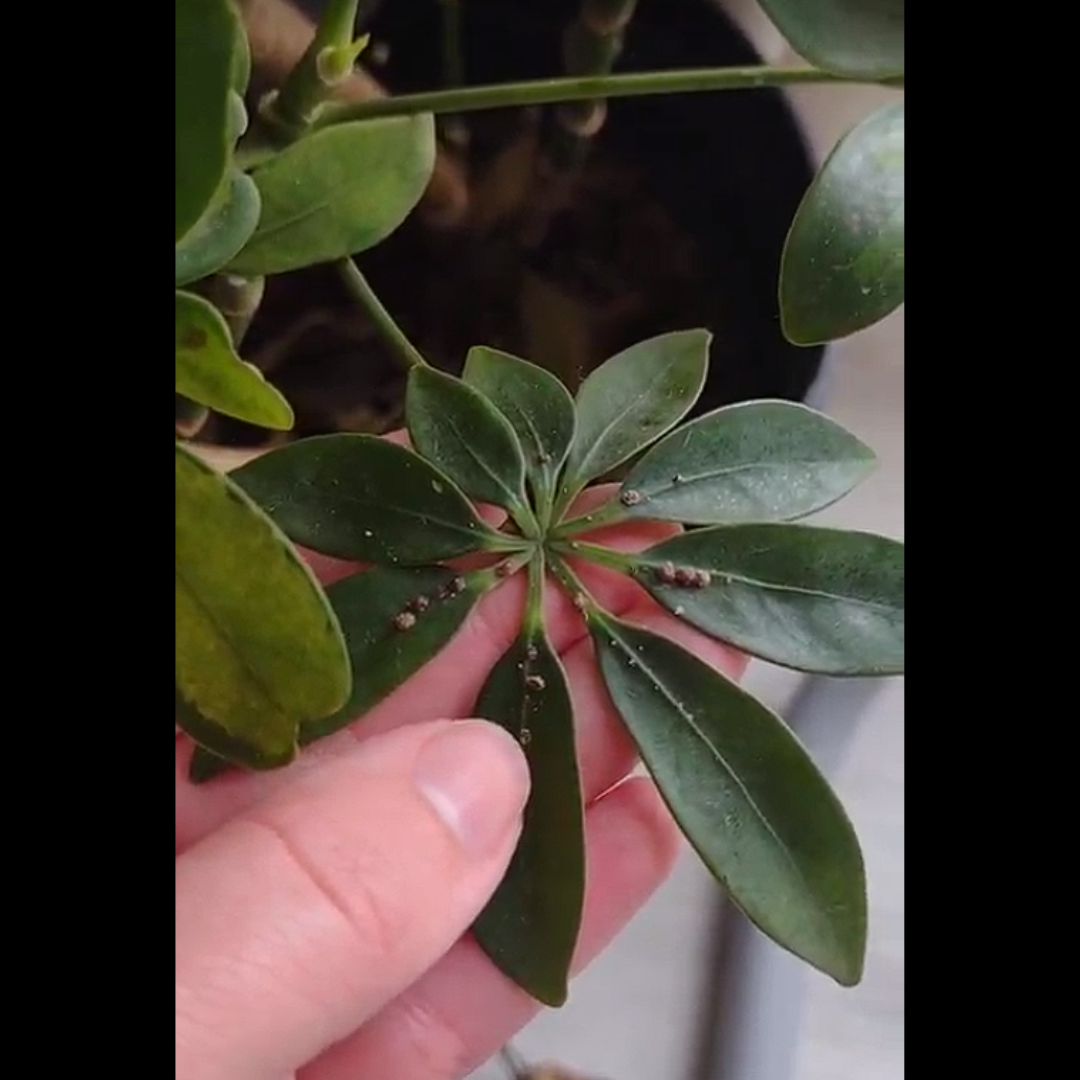Imagine stepping into a room and being greeted by the lush, vibrant foliage of an areca palm. This tropical beauty not only adds a touch of elegance to your living space but also offers a myriad of benefits that can enhance your health and well-being.
In this article, we’ll delve into the 16 incredible benefits of having an areca palm as a houseplant. From its remarkable air-purifying abilities to its potential medicinal properties and cultural significance, you’ll discover why this beloved plant deserves a prominent place in your home or office. Additionally, we’ll provide expert guidance on how to properly care for your areca palm, ensuring it thrives and continues to bestow its numerous advantages for years to come.
Health Benefits of Areca Palm
The areca palm, also called the golden cane palm or the butterfly palm, is more than just a beautiful addition to your home; it’s also a powerful ally in promoting your health and well-being. From improving the air quality in your living space to offering medicinal properties, this tropical plant is packed with benefits that can transform your daily life.
1. Air Purification
One of the most significant advantages of having an areca palm in your home is its ability to purify the air. This natural air filter was identified by NASA’s Clean Air Study as an effective remover of toxins, such as formaldehyde, xylene, and toluene, which are commonly found in household items like furniture, carpets, and cleaning products. By absorbing these harmful substances, the areca palm helps create a cleaner, healthier environment for you and your family.

2. Increased Oxygen
Not only does the areca palm remove toxins from the air, but it also increases oxygen levels in your living space. Through the process of photosynthesis, this plant converts carbon dioxide into fresh, clean oxygen, making it easier for you to breathe and feel more energized. Studies have shown that an increase in oxygen levels by just 1% can lead to a 5% boost in energy and productivity levels.

3. Humidity Regulation
Dry indoor air can lead to various health issues, such as respiratory problems, dry skin, and irritated eyes. Fortunately, the areca palm acts as a natural humidifier, releasing moisture into the air through its leaves. By maintaining optimal humidity levels, this plant helps create a more comfortable and healthier living environment.

4. Decreasing Allergens
The areca palm has a special ability to clean the air around it. Its large, feathery leaves act like a natural filter, trapping tiny particles like dust and pollen from the air. This process is called phytostabilization. Additionally, the soil around the plant’s roots contains tiny microorganisms that can break down and remove allergens from the air. This dual action of leaf filtration and microbial breakdown helps reduce the amount of allergens in the air indoors, which can be helpful for people who suffer from allergies caused by airborne irritants.

5. Stress Reduction and Improved Well-being
Studies have shown that having plants in your living or working space can significantly reduce stress levels and improve overall well-being. The areca palm, with its lush, green foliage, creates a calming and soothing atmosphere that can help you feel more relaxed and at ease. Simply being in the presence of this beautiful plant can promote a sense of tranquility and happiness.

6. Productivity Boost
In addition to reducing stress, the areca palm can also help increase your productivity. Research has demonstrated that having plants in the workplace can lead to improved concentration, creativity, and overall job satisfaction. By incorporating an areca palm into your office or home workspace, you may find yourself feeling more motivated and focused on your tasks.

7. Improved Memory
Surprisingly, the areca palm may even have a positive impact on your memory and cognitive function. Studies suggest that being around plants can enhance memory retention and recall, making it easier for you to learn and remember new information. Keep an areca palm nearby while studying or working on important projects to give your brain a natural boost.

8. Better Sleep
Creating a peaceful and relaxing environment in your bedroom is essential for getting a good night’s sleep. The areca palm can contribute to a more restful slumber by purifying the air, regulating humidity, and promoting a sense of calm. Notably, this plant undergoes a process called photosynthetic respiration, which involves the release of oxygen at night. This natural oxygen replenishment can enhance the quality of air in your bedroom, facilitating deeper and more rejuvenating sleep. Place this plant in your bedroom to enjoy its natural benefits and wake up feeling refreshed and energized.

Non-Toxic and Pet-Friendly
The areca palm is a delightful addition to any home, especially for pet owners. This beautiful plant is non-toxic and safe for cats and dogs, allowing you to enjoy its lush foliage without worrying about the well-being of your furry companions. Unlike some houseplants that can pose a risk if ingested, the areca palm offers a worry-free experience, making it an ideal choice for households with curious pets.

My own feline friend, Cinnamon, has developed a particular fondness for the areca palm’s leaves. I’ve caught her on numerous occasions indulging in the plant’s foliage, leaving behind a trail of chewed-up leaves. Despite her voracious appetite for the plant, it’s reassuring to know that the areca palm poses no threat to her health. Cinnamon seems to relish the taste, and I can rest easy knowing that her indulgence won’t lead to any adverse effects.
10. Medicinal Uses – Digestion
Beyond its air-purifying and stress-reducing properties, the areca palm, or dypsis lutescens, also has medicinal uses. In traditional medicine, the fruit and seeds of the areca palm have been used to aid digestion and relieve gastrointestinal issues like bloating and constipation.

11. Medicinal Uses – Anti-inflammatory Properties
The areca palm has also been recognized for its anti-inflammatory properties. Extracts from the plant have been used to alleviate pain and inflammation associated with conditions like arthritis and gout. While more research is needed to fully understand these benefits, the potential of the areca palm in natural medicine is promising.

12. Natural Health Products that use Areca Palm
Given its various health benefits, it’s no surprise that the areca palm plant has found its way into natural health products. From digestive supplements to skincare items, the extract of this plant is used to promote wellness and address specific health concerns. As always, consult with a healthcare professional before using any new natural health products.

Aesthetic Benefits of Areca Palm
While the health benefits of the areca palm are undeniably impressive, this tropical plant also offers a range of aesthetic advantages that can transform your living space. From its ability to promote positive energy to its versatile and elegant appearance, the areca palm is a must-have for anyone looking to enhance their home’s decor.
13. Positive Energy in Feng Shui
In the ancient Chinese practice of feng shui, the areca palm is believed to bring positive energy and good fortune to any space it inhabits. Its upward-growing leaves are thought to symbolize growth, prosperity, and success, making it an ideal addition to your home or office. By placing areca palm trees in the right location, you can encourage the flow of positive chi and create a more harmonious environment.

14. Elegant and Tropical Appearance
One of the most striking features of the areca palm is its elegant and tropical appearance. Its slender, graceful stems and lush, feathery fronds create a captivating display that can instantly transport you to a serene, beachside paradise. Whether you’re looking to add a touch of sophistication to your living room or create a relaxing, spa-like atmosphere in your bathroom, the areca palm is the perfect choice.

15. Versatility in Interior Design
Another significant advantage of the areca palm is its versatility in interior design. This adaptable plant can complement a wide range of decor styles, from modern and minimalist to bohemian and eclectic. Its neutral green color palette allows it to blend seamlessly with any existing color scheme, while its height and fullness can help fill empty spaces and create a sense of balance in your room.

16. Low Maintenance, Low Cost to Maintain
Despite its luxurious appearance, the areca palm is surprisingly low maintenance and affordable to care for. Unlike some other houseplants that require constant attention and specialized care, the areca palm is relatively easy to maintain. With proper watering, adequate light, and occasional pruning, this plant can thrive in most indoor environments without breaking the bank. Its cost-effectiveness makes it an accessible option for anyone looking to add a touch of natural beauty to their home.

Versatile Placement Options
The areca palm’s versatility is truly remarkable, allowing you to incorporate its lush foliage into various settings. In the following sections, we’ll explore some of the ideal placement options for your areca palm, showcasing how this adaptable plant can enhance both indoor and outdoor spaces with its tropical charm.
Areca Palm as Office Greenery
In today’s fast-paced work environment, incorporating office greenery has become increasingly popular. The areca palm is an excellent choice for adding a touch of nature to your workspace. Its air-purifying properties and stress-reducing qualities can help create a more pleasant and productive atmosphere, while its elegant appearance can impress clients and colleagues alike. Place an areca palm near your desk or in a common area to enjoy its benefits throughout the workday.

Enhancing Living Spaces with Areca Palm
The areca palm is a remarkable addition to any living space, from the living room and bedroom to the bathroom and kitchen. In the living room, a tall areca palm can serve as a captivating focal point, drawing the eye and creating a sense of depth. In the bedroom, this plant’s air-purifying and sleep-promoting properties can help you create a restful and rejuvenating environment. And in the bathroom or kitchen, the areca palm can thrive in the higher humidity levels while adding a spa-like touch to your decor.

Outdoor Placement Considerations
While the areca palm is primarily known as an indoor plant, it can also thrive in outdoor settings under the right conditions. If you live in a warm, humid climate (USDA zones 10-11), you can grow your areca palm outdoors year-round. Choose a spot that receives partial to full shade, as direct sunlight can scorch the delicate fronds. In cooler climates, you can place your areca palm outdoors during the summer months, but be sure to bring it back inside before temperatures drop below 50°F (10°C).

When placing your areca palm outdoors, consider using it to create a tropical retreat on your patio or balcony. Pair it with other lush, tropical plants and comfortable seating to design a relaxing space where you can unwind and enjoy the beauty of nature. Just remember to keep an eye on your plant’s moisture levels, as outdoor environments can be more drying than indoor spaces.
Cultural Significance and Symbolism
The areca palm’s influence extends far beyond its aesthetic and health benefits. This remarkable plant holds a special place in various cultures, religions, and economies around the world. From its role in ancient traditions to its modern-day ecological importance, the areca palm’s significance is deeply rooted in history and symbolism.
Areca Palm in Feng Shui
In the Chinese practice of feng shui, the areca palm is revered for its ability to attract positive energy and fortune. According to feng shui principles, placing an areca palm in the southeast corner of a room, known as the “money area,” can help attract wealth and abundance.

Religious and Spiritual Symbolism
The areca palm holds significant religious and spiritual meaning in many cultures. In Hinduism, the areca nut, which is harvested from the areca palm, is considered sacred and is often used in religious ceremonies and offerings. The nut is also a key ingredient in the traditional Indian practice of chewing betel leaves, which is believed to have medicinal properties and is used as a symbol of hospitality and friendship.

In Buddhism, the areca palm is associated with the Bodhi tree, under which the Buddha is said to have attained enlightenment. The leaves of the areca palm are sometimes used to create intricate offerings and decorations for Buddhist altars and ceremonies.
Economic and Ecological Importance
Beyond its cultural and spiritual significance, the areca palm also plays a crucial role in the economies and ecosystems of many countries. The areca nut is a major cash crop in regions such as India, Bangladesh, and Southeast Asia, providing a livelihood for millions of farmers and workers. The global trade in areca nuts is estimated to be worth billions of dollars annually.
However, the cultivation of areca palms has also raised ecological concerns. The widespread planting of areca palms for commercial purposes has led to the displacement of native plant species and the loss of biodiversity in some areas. Additionally, the heavy use of pesticides and fertilizers in areca palm plantations has contributed to environmental degradation and health risks for workers and nearby communities.

As consumers become more aware of these issues, there is a growing movement to promote sustainable and ethical practices in the areca palm industry. By supporting eco-friendly and socially responsible growers and products, we can help ensure that the cultural and economic benefits of the areca palm are balanced with the need to protect our planet’s precious resources.
Areca Palm Care
Now that you’re familiar with the numerous benefits and cultural significance of the areca palm, it’s time to learn how to properly care for this beautiful plant. With proper care, your areca palm plant can look beautiful and thrive in your home for years to come.
Light and Placement Requirements
One of the most crucial aspects of areca palm care is providing the right amount of light. This plant prefers bright, indirect light but can also tolerate low to medium light conditions. Avoid placing your areca palm in direct sunlight, as this can scorch its delicate fronds. A good rule of thumb is to keep your plant within 5-8 feet of a window that receives filtered or diffused light.

When choosing a location for your areca palm, consider its size and growth potential. This plant can grow up to 6-8 feet tall indoors, so make sure to select a spot that can accommodate its mature size. Additionally, keep your areca palm away from air conditioning vents or drafty areas, as it prefers stable temperatures between 60-75°F (15-24°C).
Watering and Humidity Needs
Proper watering is essential for maintaining a healthy areca palm. This plant prefers consistently moist soil but can be sensitive to overwatering. Allow the top inch of soil to dry out between waterings, and then water your plant thoroughly until the excess drains from the bottom of the pot. Be sure to empty any standing water from the saucer to prevent root rot.

In addition to regular watering, the areca palm thrives in high humidity environments. To increase the humidity around your plant, you can place a tray of water nearby, mist the leaves regularly, or use a humidifier. Alternatively, you can group your areca palm with other humidity-loving indoor plants to create a lush, moisture-rich environment in your home.
Soil, Fertilizing, and Repotting
To ensure your areca palm has the best growing conditions, use a well-draining potting mix that contains perlite, vermiculite, or sand to improve aeration and prevent waterlogging. You can also add a layer of activated charcoal at the bottom of the pot to help filter impurities and maintain soil freshness.

During the growing season (spring through summer), fertilize your areca palm once a month with a balanced, water-soluble fertilizer diluted to half-strength. Avoid fertilizing during the winter months when growth slows down.
As your areca palm grows, it may need repotting every 2-3 years to accommodate its expanding root system. Choose a pot that is 1-2 inches larger in diameter than the current one, and make sure it has proper drainage holes. Gently remove your plant from its old pot, loosen any tangled roots, and place it in the new pot with fresh potting mix.
Pruning and Maintenance
To keep your areca palm looking its best, regularly remove any yellow, brown, or damaged fronds at the base of the plant. This not only improves its appearance but also helps prevent the spread of disease and encourages healthy growth. Use clean, sharp scissors or pruning shears to avoid damaging the plant.

Occasionally, you may notice your areca palm developing brown tips on its fronds. This can be caused by various factors, such as low humidity, overwatering, or exposure to cold drafts. To prevent brown tips, maintain proper watering and humidity levels, and keep your plant away from sources of cold air.
Pest and Disease Prevention
While the areca palm is relatively resistant to pests and diseases, it can still be susceptible to certain issues. Common pests include spider mites, mealybugs, and scale insects, which can cause yellowing or stippling of the leaves. Regularly inspect your plant for signs of infestation, and if necessary, treat it with a natural insecticidal soap or neem oil solution.

To prevent fungal diseases like leaf spot or root rot, avoid overwatering your areca palm and ensure proper air circulation around the plant. If you notice any discolored or mushy areas on the leaves or stems, promptly remove the affected parts and adjust your watering habits accordingly.
By following these care guidelines and staying attentive to your areca palm’s needs, you can enjoy a thriving, beautiful plant that enhances your space and well-being for years to come.
Conclusion
The areca palm is a remarkable houseplant that offers a unique blend of beauty, health benefits, and cultural significance. Its air-purifying abilities, stress-reducing effects, and elegant appearance make it an excellent choice for enhancing any living space.
With its low-maintenance nature and adaptability, the areca palm is suitable for both experienced plant enthusiasts and beginners. By providing the right care, you can enjoy its benefits for years to come while connecting with a rich cultural tradition.
Invite the beauty, health, and symbolism of the areca palm into your life today. This remarkable plant is sure to bring joy, vitality, and a touch of nature to any space it inhabits.

FAQs
As you embark on your journey with the areca palm, you may have some questions about its care and maintenance. In this section, we’ll address some of the most common inquiries to help you provide the best possible care for your plant.
How often should I water my areca palm?
The key to watering your areca palm is to maintain a balance between moisture and drainage. As a general rule, you should water your plant when the top inch of soil feels dry to the touch. This typically translates to watering once or twice a week, depending on factors such as light, humidity, and room temperature.
When you do water your areca palm, it’s recommended to use filtered water to avoid exposing the plant to harmful chemicals or minerals that may be present in tap water. Be sure to water thoroughly, allowing the water to run through the soil and out of the drainage holes. This helps prevent salt and mineral buildup in the soil, which can harm your plant over time. Remember to empty any excess water from the saucer to avoid root rot.
Can areca palms tolerate low light conditions?
While areca palms prefer bright, indirect light, they can adapt to low to medium light conditions. However, it’s important to note that in lower light environments, your plant may grow more slowly and produce fewer fronds. If you notice your areca palm becoming leggy or stretching towards the light source, it may be a sign that it needs more light.
If you’re unsure whether your areca palm is receiving enough light, observe its growth and appearance. Healthy plants will have vibrant green fronds and steady growth, while those lacking in light may appear pale or yellowed. Adjust your plant’s placement accordingly, and consider using a grow light if necessary to supplement its light intake.
Are areca palms pet-friendly?
One of the great advantages of the areca palm is that it is non-toxic and safe for pets. Unlike some other houseplants that can cause harm if ingested by curious cats or dogs, the areca palm poses no known risk to your furry friends.
However, it’s still a good idea to keep an eye on your pets around your areca palm, especially if they have a tendency to chew on plants. While the plant itself is not toxic, consuming large amounts of any plant material can cause digestive upset in some animals. If you notice your pet showing an unusual interest in your areca palm, consider placing the plant in a spot that is out of reach or using a pet-safe deterrent spray to discourage chewing
.
By understanding your areca palm’s watering needs, light requirements, and pet-friendly nature, you’ll be well-equipped to provide the best possible care for this beautiful and beneficial plant. As with any living thing, observing your areca palm’s response to its environment and making adjustments as needed will help ensure its long-term health and vitality.

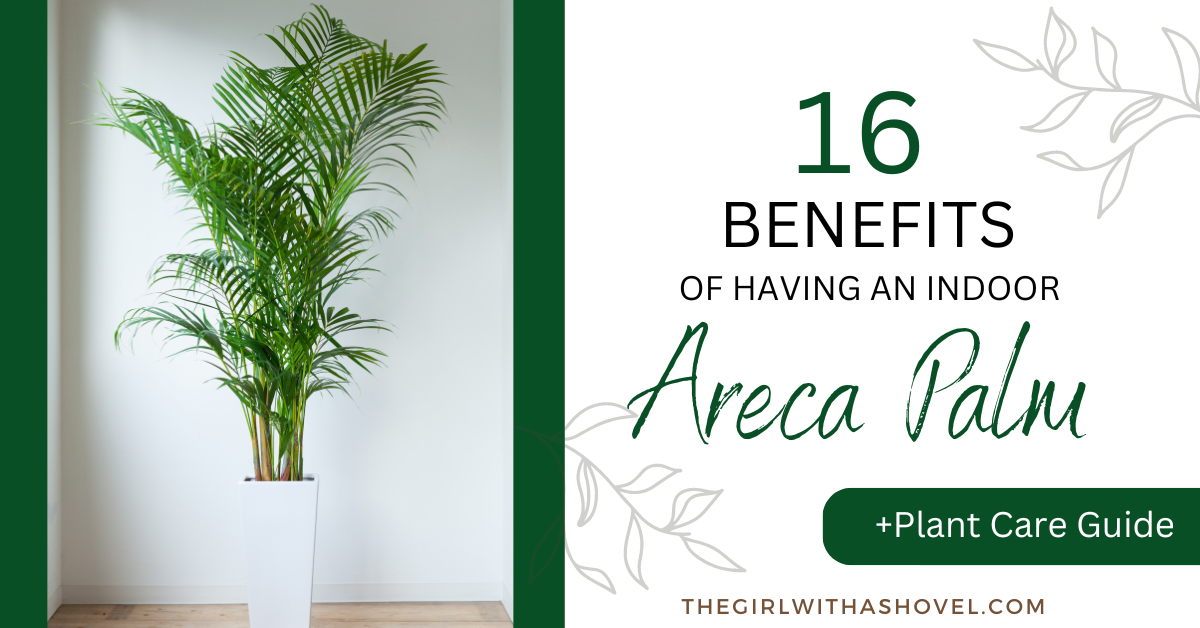




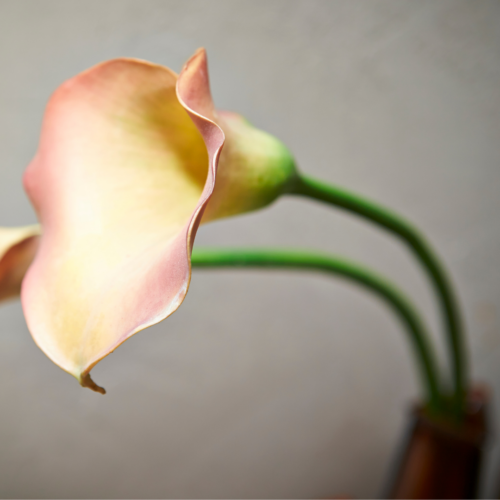




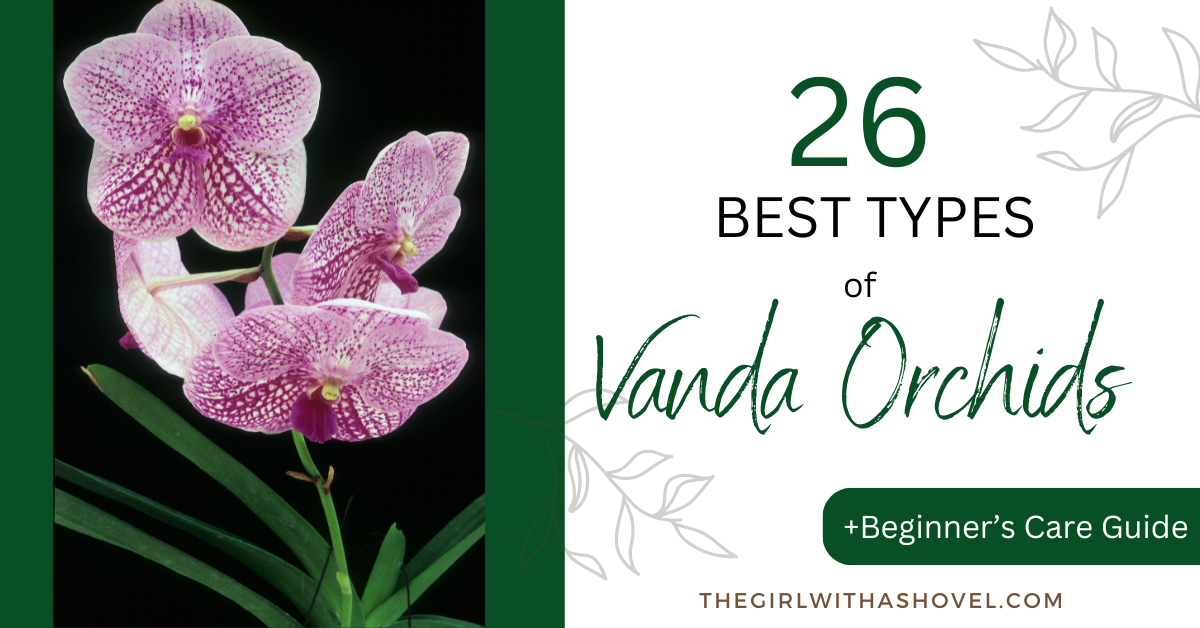
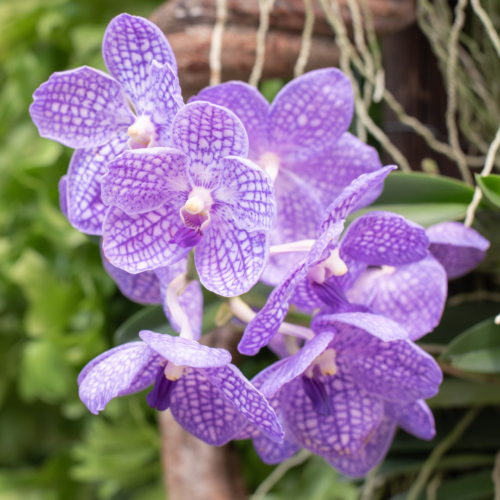

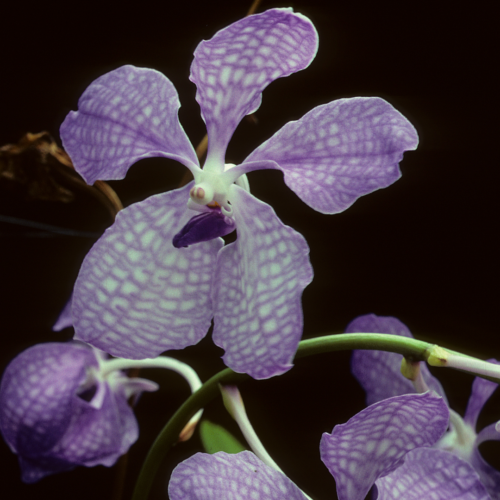
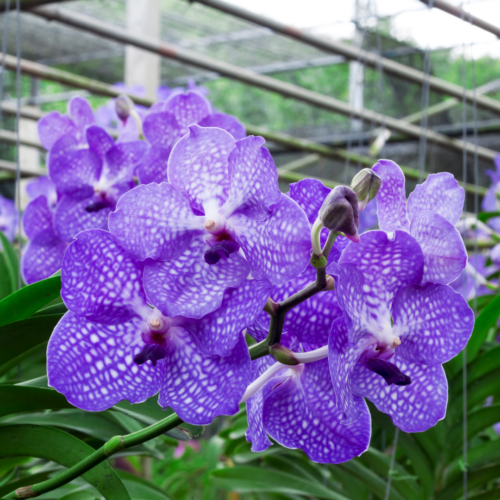
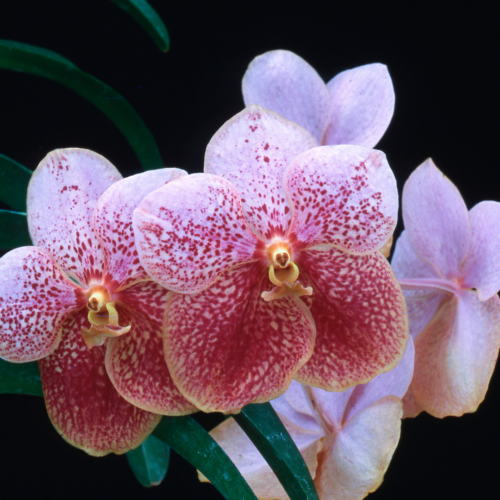












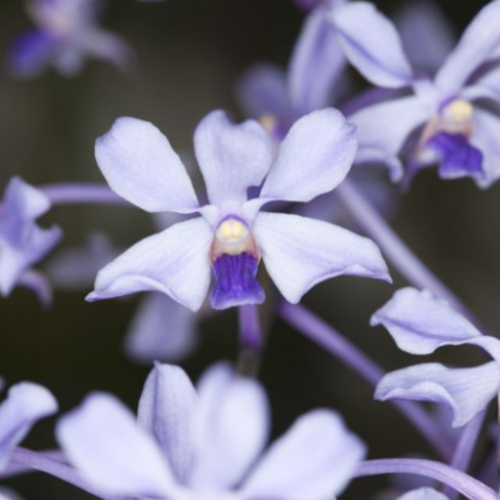 with darker purple veins, creating a mesmerizing pattern.
with darker purple veins, creating a mesmerizing pattern.

















